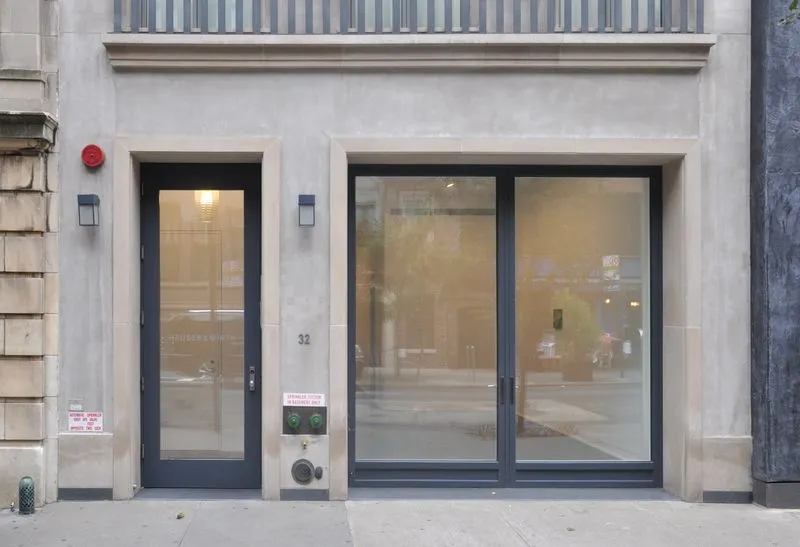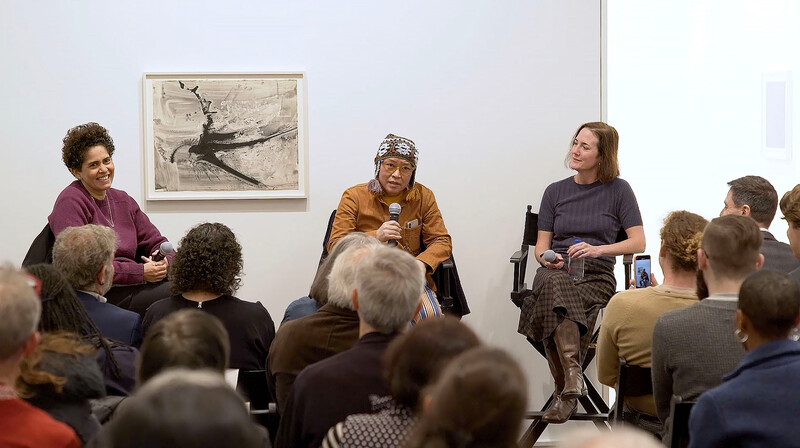New York, 69th Street
Hauser & Wirth’s first gallery in North America welcomes visitors to the historic Upper East Side neighborhood of Lenox Hill. Built in 1910, the five-story townhouse presents museum-caliber exhibitions in intimate and inviting surroundings.
Temporarily Closed
Exhibitions are free to attend. No advance booking necessary.
University, community, and nonprofit groups can request a free guided tour via this form. For additional tour inquiries, contact newyork@hauserwirth.com with your preferred tour date and time.
Plan Your Visit
The gallery is temporarily closed
On Foot Hauser & Wirth 69th street has one main entrance on E 69th Street between Madison and Park Avenues. The gallery is a short walk from Central Park.
By Public Transport Subway: F, 6
Bus: BXM1, M1, M2, M3, M4
Hauser & Wirth New York offers guided tours of the exhibitions currently on view. Pre-booking is required. To request a guided tour, please email us at newyork@hauserwirth.com with your preferred date and time.
The gallery is free to attend. No advanced booking necessary.
All public areas of Hauser & Wirth New York are wheelchair-accessible. The gallery aims to be as accommodating as possible – if you or member(s) of your group require any special accommodations due to a disability, please contact the gallery in advance of your visit to discuss your requirements.
Related Stories

About New York, 69th Street
Located in Manhattan’s Upper East Side, the former townhouse at 32 East 69th Street was Hauser & Wirth's first American gallery. The space opened in September 2009 with the exhibition ‘Allan Kaprow YARD,’ a presentation of Kaprow’s seminal Environment Yard at the site of the work’s original creation.
Under the leadership of Koji Inoue, Hauser & Wirth’s International Senior Director Post War & Contemporary Art, this location has become a platform for museum-caliber, historical exhibitions devoted to artists whose estates are represented by the gallery, as well as those who are aligned with the gallery’s artists and program, presented in context to further explore tendencies in postwar art.




